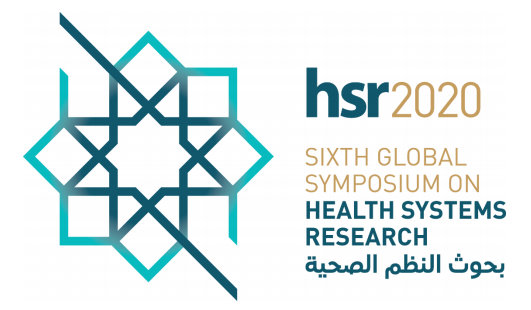Competing policy imperatives: is the clinic a safe space for its workers and users?
Live presentation on 11th Nov from 15:30-15:33 GMT
Ms Gimenne Zwama
Introduction
The South African National Department of Health aims to integrate and improve quality of care via the Ideal Clinic Initiative (ICI). The introduction of this initiative causes tension with the vertical model of care organisation for which the system for health service delivery was previously designed and resourced. The reorganisation of clinics as part of ICI unfolds within the context of available infrastructure and resources but sits in tension with the surge in anti-microbial resistance and the high prevalence of tuberculosis (TB) in the area. This tension has significant implications for both ICI and TB infection prevention and control (IPC). We examined these dynamics through the lens of interactions between ICI and TB IPC policy imperatives at primary health facilities in KwaZulu-Natal, South Africa.
Methods
Three to six-day clinic ethnographies at two community health centres (urban and peri-urban) and two clinics (urban and rural) were conducted by a team of three to four researchers. Field notes recorded unstructured observations, informal conversations and researchers’ reflections. Structured observations, semi-structured facility manager and patient interviews, and nominal group discussions with health workers were also undertaken. Data were analysed thematically using a deductive approach, based on a framework informed by the National South African TB IPC guidelines and ICI core elements relevant to TB IPC.
Findings
ICI imperatives for integration of care, filing and retrieval of patient records, and appointments dynamically interact and influence the implementation of environmental and administrative TB IPC measures. The nature and extent of these interactions and influences are highly clinic specific due to differing clinic infrastructure and organisational culture. Clinic activities are primarily organised around ICI implementation rather than TB IPC, which has consequences for TB transmission risk. The ICI has prompted changes in the location of service delivery points, in turn changing the numbers and types of patients and workers being in, and moving through, different clinic spaces, the time spent in those spaces, and concomitant ventilation. The ICI was not observed to alter current implementation of managerial and personal protective TB IPC measures.
Conclusion
National TB IPC guidelines should be consolidated within the ICI in order to increase traction for TB IPC implementation and to ensure that the clinic is a safe environment for everyone. In aspiring to the ideal, TB IPC and ICI policy imperatives need to be aligned, resourced and tailored to individual clinic realities and norms to avoid tensions and resistance with implementation.





